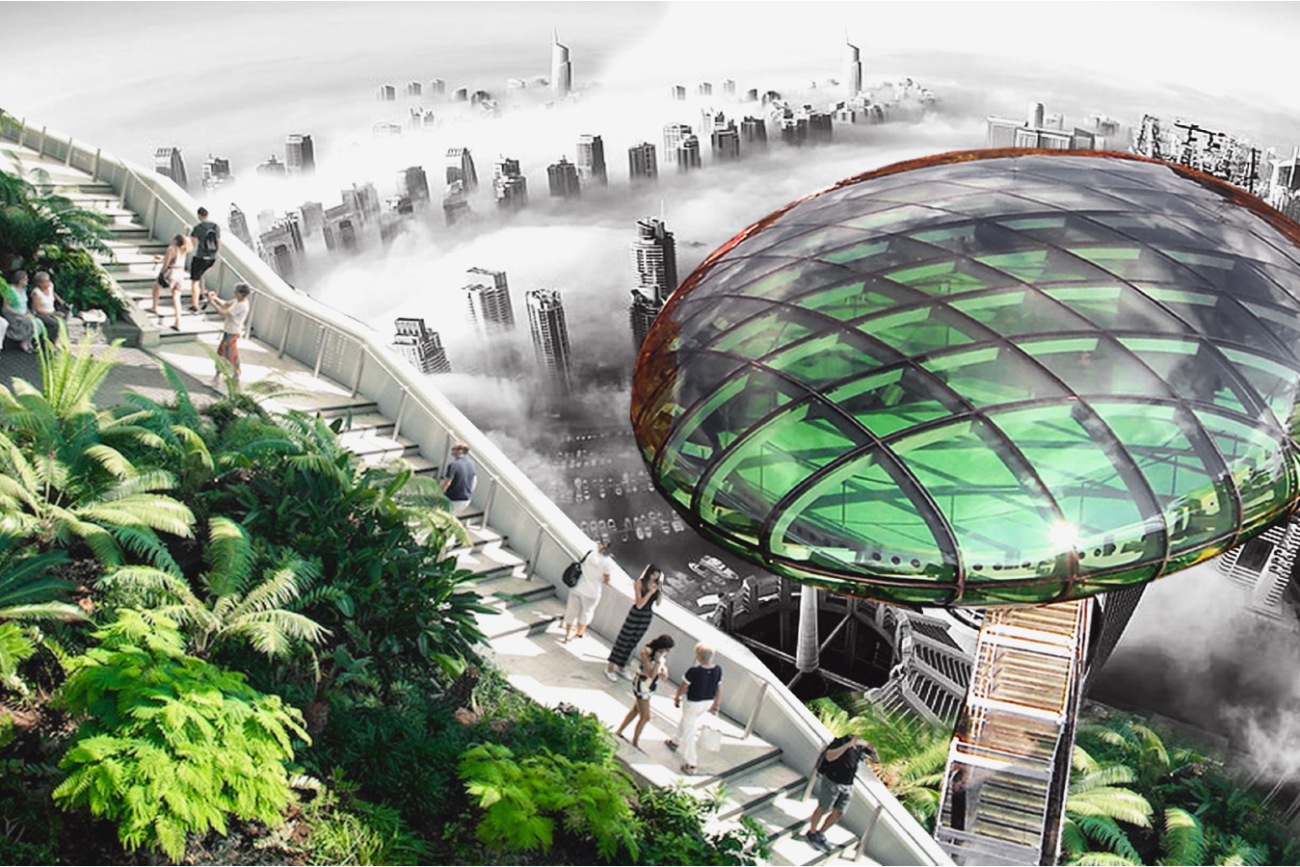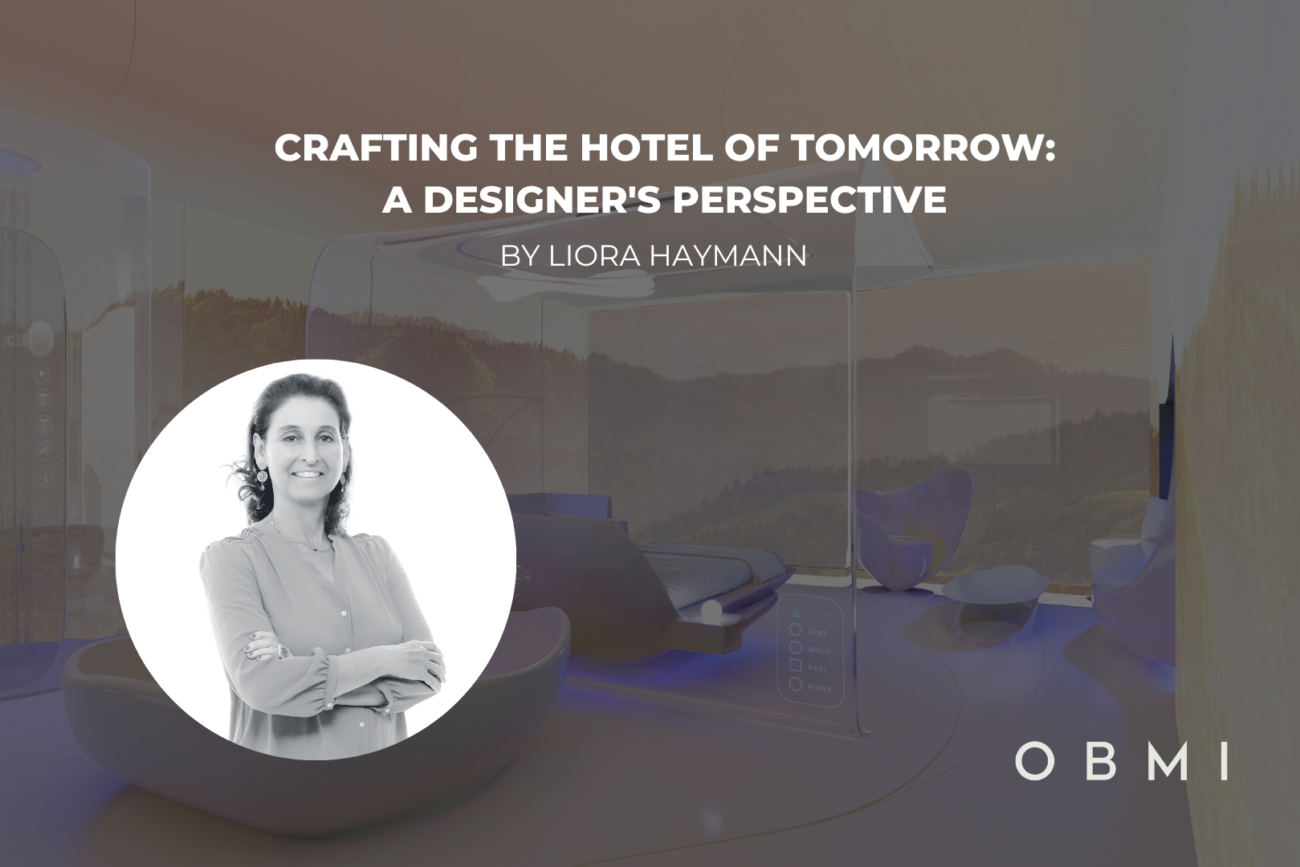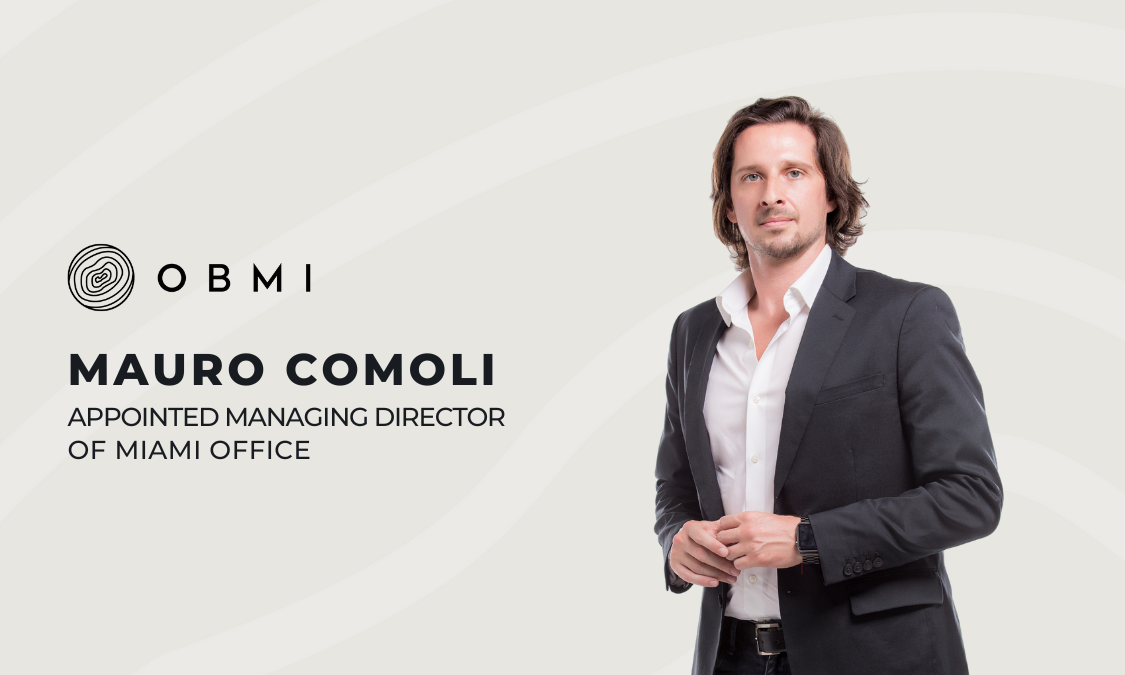Creating Sustainable and Efficient Façades for the Future
Driving Trends & Key Concepts of Intelligent Facades for High Performance Green Buildings

OBMI Design Concept Sky Lounge Facade at Vertical Resort
Written by Drew Gilbert, OBMI Design Manager for Window and Façade Magazine Middle East (March-April 2022) edition on Facade & Fenestration For Net-Zero & Green Buildings: The Future Lies Here.
Important Tools for Creating Future Façades
Future façades are inclined more towards being adaptive. While incorporating flexible façades is important for meliorate designs, it’s crucial to introduce automated designs that transform themselves simultaneously in response to the interior and exterior conditions. Flexible shades adapt to alternating meteorological conditions, protecting from solar radiation, and maximising natural light without glare, differing their characteristics throughout the day and the year in response to the Barjeel Art Museum in Sharjah, UAE environmental conditions for ultimate occupant comfort and energy consumption. The fusion between flexible designs and automation will present a more resilient architecture that is more climate-ready while attaining the aesthetic impact of the interface.
Future Opportunities for Smart Façades, Adaptive Façades & Integrated Façades
We are going to be seeing more smart and adaptive façades in the next few years as their need has been solidified lately. Designing and building with health, wellness, comfort, and environmental awareness is the core of our teams. Smart façades offer better occupant comfort by controlling the building’s thermal and acoustic performances, and heat exchanges. We can see in the hotter areas, sun and heat island effect protection is now given higher significance, especially with the heat rising pandemic, it is now more crucial than ever to design and build more consciously. Adaptive façades will be including more Modular Solutions, which is an aspect that I have been working on and developing for a while. In my opinion, the future is modular, prefabricated, and adaptable to the ecological and social emergencies of our times.
The façade will work as a canvas for the building’s use later on according to the emerging needs. It is a large arena to discover and be creative in. Another aspect of integrated façades is often the customers decide to change the use of the building, or different ecological and environmental circumstances emerge, with the options currently being limited to adapt to the changes. With modular and adaptive smart façades, we are influencing design excellence, environment adaptability, and occupant comfort.
The Current Advancements in Façade & Cladding Technologies and Materials
There is more demand for the use of fiber lasers applications enhance water resistance, better the welding bond, and avert grain formation. Another popular cladding technology is the rainscreen system. The rainscreen cladding system grants steady ventilation due to the air cavity linked to the load-bearing wall to repel direct rain and moisture. With the high-rise buildings, we can see more of the electrochromic and self-cleaning glasses spread throughout the façades. This dynamic glass is powered by electricity and can be swapped between translucent and transparent appearances to provide more privacy or access to more natural light. The building users can modify the transmitted ultraviolet and natural light without glare. Consequently, enhancing energy consumption via smart systems. This smart system can be controlled via a mobile app to modify the appearance of the glass. Another great capability is video and image projection to the large façade with this dynamic glass. We are seeing more market growth for façade video projections. Self-cleaning glass is another popular façade material choice. The dirt is controlled through the activation of the coating of hydrophilic and photocatalytic minerals via UV radiation triggers and rain. These materials are applied in the early course of the manufacturing stages. This allows to drastically reduce the cost of cranes and scaffolding.
Automation in Façades and Fenestration
As previously discussed, automation in façades and fenestrations is currently growing rapidly and we will be seeing more and more applications in the coming years. Incorporating automation allows for more effective functions and perhaps improves the building’s chances to stand the test of time. To elaborate more, automated façades optimize ventilation, shading, and energy consumption. This includes shading devices, vents, windows, and other framing systems. We can see some new high-rise towers in Dubai implementing automated windows that open via rotary or actuators rather than manually operated, controlled by a smart system or according to the resident’s needs. In addition to mitigating solar gain and improving natural light exposure, automated façades can play a crucial role in improving the sustainability aspects of the buildings.
Interactive Façades: Their Benefits and Limitations
Interactive façades represent the envelope of the building that converses with the city via its vital skin establishing a connection with the urban fabric. Some interactive façades offer a dynamic modular system that can open and close responding to the interior and exterior environmental conditions of the building. While other interactive façades respond to light and motion and offer video projections. They are dynamic in translating architecture space in terms of adaptability, aesthetics, and environment. However, their design requires a lot of time and effort from the concept to the occupancy stage of the building through rigorous analysis and design processes to bring the best balance between energy efficiency, daylight exposure, occupant comfort, security, privacy, and cost.
Energy Harvesting Façades and Their Future
Environmental performance control has become a crucial aspect of all new buildings, and as buildings rise taller, the goal is to meet carbon-negative, ideally, or carbon-neutral, drops, specifically if the façade has a complex form. Not to mention that façades usually take up to 30% of the total build cost and façades account for approximately 30%- 50% of the total energy consumption for a building.
Through façades, the buildings are exposed to sunlight, wind, and thermal energies, which can be utilised to harvest energy and be re-used. Energy harvesting façades are becoming a key principle as a catalyst in developing social and economical aspects of the city, as well as reducing greenhouse emissions.
Solar energy is an abundant source of power that can be harvested via the façades, whether by installing dual panels to absorb solar energy or using window solar panel shades, solar panels rigs on the roof, or harvesting wind energy using special wind panels. We are seeing more countries adopting energy harvesting façades with ample sources of renewable energies, which is a great step towards reducing the carbon print of buildings.
Key Characters of a High-Performance Façade
High-Performance Façade is achieved when a minimal amount of energy is used to sustain an ideal interior environment by incorporating solar heat gain control, daylighting, passive ventilation, and thermal conditioning. These façade systems improve occupant comfort and reduce operating costs. In addition, they offer augmented sun protection and better thermal control, as well as healthier air quality via natural ventilation systems. An important aspect of the high-performance façades is their ability to adapt to their dynamic variables, i.e., occupant needs and climate changes.
Advantages and limitations of Media/ Interactive Façades
Advantages galore, all look good on the surface however, the engineering and operation of these specialised media skins require a robust electronic interface for logging/recording changes on various fronts. Media Façades and Façade lighting are rampantly used these days and I am against its over usage. The design, construction, and operation of a sensible media/interactive façade are best served when rhetorical, political, cultural, and financial factors are considered alongside the metrics of advancing façade technology and analysis.
Favourite Façade Material
Glass and timber. My favorite is timber wood, and we will be seeing more timber architecture. Timber offers unique aesthetics with its characteristics of acting as a natural carbon sink and requires less construction time than its competitors.
Sustainable and Efficient Fenestration
Sustainable and efficient fenestration design starts with assessing the environmental effects on the building envelope, the façade, building orientation, and the current energy consumption needs. Selecting energy-efficient materials and components for the façade is crucial to ensure future low-carbon goals. Both exterior environmental effects and the interior state of the building are considered when designing efficient fenestrations, optimising occupant comfort conditions such as acoustical, thermal, and weather performances, along with climatic site analysis allowing the building to minimise the power usage for cooling/heating. It is crucial to incorporate proactive measures when designing façades and material selection, along with the energy cost of the building, to sequester carbon emissions and possibly become a carbon sink system.
Conclusion
Future façades will be leaning more towards green and automated façades. Using Artificial Intelligence (AI) and the Internet of Things (IoT) to optimize the movement and adaptation of the façades accordingly to climate, occupant, and interior conditions. I want to see more green façades that utilise renewable sources and contribute less to the carbon print. I think we have great opportunities to achieve a more resilient, sustainable, and aesthetically pleasing design if we design more consciously utilising our current technologies and research.
About the Author:
Drew Gilbert is a Design Manager at OBMI. From private villas to mixed-use communities, from boutique resorts to destination hotels, his macro-to-micro experience has led him to become a well-balanced designer with an eye for context, culture, and climate. With a focus on developing contemporary projects pushing the boundaries of design and creating sustainable and lasting solutions that are profoundly relevant to the place and people. Gilbert was selected Top 30 Architects 3 times in a row in the MENA region and was awarded multiple international awards. In 2021, Gilbert was awarded the Sustainability Champion and Rising Awards. He has won the Middle East Consultant’s and the Young Designer RU titles, The 3rd International Architecture award for Dubai Creek Mosque, and the AIA Henry Adams Medal.






